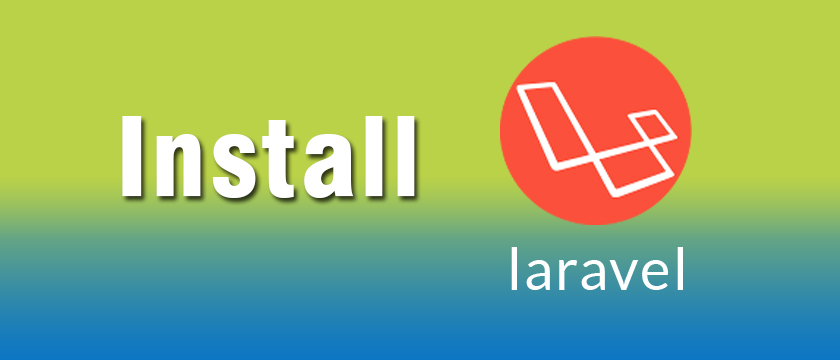
Laravel is a widely used framework of PHP for developing modern web applications. Laravel can be installed in two main ways:
A] Global Installation
B] Per-Project Installation
Let’s take a look at these two methods.
A] Global Installation of Laravel
With global installation, you install Laravel globally on your system which allows you to easily create multiple Laravel projects across your computer. Uh, you may need to consider “Laravel is already installed globally on my system” because, uh.. you did say that’s an option, right?
Steps for Global Installation:
Install Composer:
Composer is a PHP dependency manager and Laravel requires Composer. If you don’t have it installed yet, grab Composer and check the steps to install it.
Install Laravel Globally:
Post composer implementation, fire the terminal and execute this command:
composer global require laravel/installer
This command installs the Laravel installer globally on your system.
Create a New Laravel Project:
Once the global installer is set up, you can create a new laravel project by executing:
laravel new project-name
Substitute project-name with the name you wish to call it as.
Navigate to the Project Folder:
Once your project is ready, navigate through commands to the directory of your project via
cd project-name
Start the Laravel Development Server:
To run your project locally, use this command:
php artisan serve
At this stage, head over to your browser and explore http://127.0.0.1:8000 to have a look at the Laravel application.
B] Per-Project Installation
In per-project installation, Laravel is directly installed into each project folder. This is useful if we want to have different versions of Laravel for different projects.
Steps for Per-Project Installation:
Install Composer:
If you haven’t already, install Composer as described above.
Create a New Laravel Project with Composer:
In this case, you don’t need the Laravel installer globally. Instead, you can install Laravel directly via Composer. Open your terminal and run:
composer create-project --prefer-dist laravel/laravel project-name
Replace project-name with your preferred project name.
Navigate to the Project Folder:
Once the installation is complete, go to your project directory:
cd project-name
Start the Laravel Development Server:
Finally, run the Laravel development server:
php artisan serve
Visit http://127.0.0.1:8000 to see your Laravel application.
Definitions and Use of Global and Per-Project Installation
Global Installation:
The global installation method is convenient if you frequently create new Laravel projects. Once installed globally, you can use the laravel new command to generate new projects quickly.
Per-Project Installation:
The per-project installation installs Laravel only for that specific project. This method is useful when you want to work with different versions of Laravel across different projects.
Definitions and Use of Global and Per-Project Installation
| Global Installation | Per-Project Installation |
|---|---|
| The global installation method is convenient if you frequently create new Laravel projects. | The per-project installation installs Laravel only for that specific project |
| Once installed globally, you can use the Laravel new command to generate new projects quickly. | This method is useful when you want to work with different versions of Laravel across different projects. |
|
– composer global require laravel/installer
– laravel new your_project_name |
– composer create-project laravel/laravel your_project_name |
Conclusion
Both global and per-project installation methods are valid, and the choice depends on your needs. If you’re working on multiple Laravel projects, the global installation might be faster and easier. However, if you need specific versions or want to isolate projects, per-project installation is a better choice.
Now you can start building with Laravel! Happy coding!


Comments (0)
No comments yet. Be the first to comment!